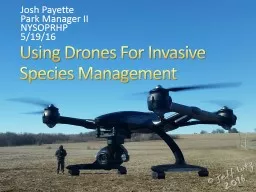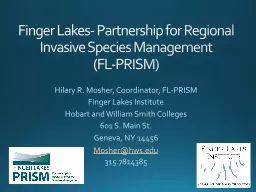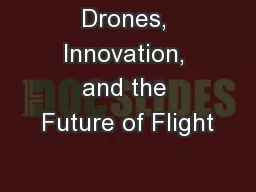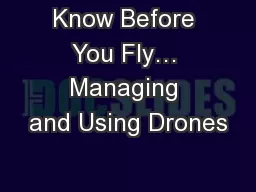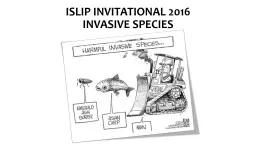PPT-Using Drones For Invasive Species Management
Author : marina-yarberry | Published Date : 2018-02-04
Josh Payette Park Manager II NYSOPRHP 51916 What is a drone Drone UAVUnmanned Aerial Vehicle UASUnmanned Aircraft System All of the above refer to remotely or autonomously
Presentation Embed Code
Download Presentation
Download Presentation The PPT/PDF document "Using Drones For Invasive Species Manage..." is the property of its rightful owner. Permission is granted to download and print the materials on this website for personal, non-commercial use only, and to display it on your personal computer provided you do not modify the materials and that you retain all copyright notices contained in the materials. By downloading content from our website, you accept the terms of this agreement.
Using Drones For Invasive Species Management: Transcript
Download Rules Of Document
"Using Drones For Invasive Species Management"The content belongs to its owner. You may download and print it for personal use, without modification, and keep all copyright notices. By downloading, you agree to these terms.
Related Documents

